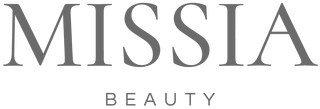

Myofascial Massage Procedure Steps
Myofascial face massage consists of six steps.

1. Visual diagnosis and anamnesis collection
The client talks about their complaints, the specialist observes their posture and movements.

2. Gentle pressure
Using elbows or specialized tools, the therapist works on affected areas.

3. Stretching
The therapist instructs the client to hold certain poses for several minutes, stretching and softening the tissues.

4. Targeted techniques
Methods like cross-hand stretches, skin rolling, and myofascial unwinding are applied. Result: increased tissue elasticity and elimination of scar tissue.

5. Adjustments based on client feedback
The visitor specifies where the most severe discomfort occurs, where the pain center is, and what areas need special attention.

6. Repeated visual diagnostics
The specialist assesses the results, asking the client to assume particular postures and perform specific movements.
Myofascial release massage therapy should be entrusted to a skilled professional, as it involves working on sensitive body areas. Trust us, and we will restore your comfort!
Benefits of Myofascial Face Massage:
Here are the main benefits of this type of face treatment.
- Relief from muscle tension. The client feels more free and more relaxed even after the first session.
- Pain relief. The procedure reduces fascia tightness. It positively impacts the overall quality of life.
- Improved mobility. Muscles and joints gain a greater range of movement.
- Posture correction.
- Improved blood circulation. The restoration of connective tissues, muscles, and joints is accelerated due to improved lymphatic drainage.
As we can see, the therapist's aim is not just to relieve pain. This is a comprehensive procedure that provides extensive positive effects on the body.

Before

After















